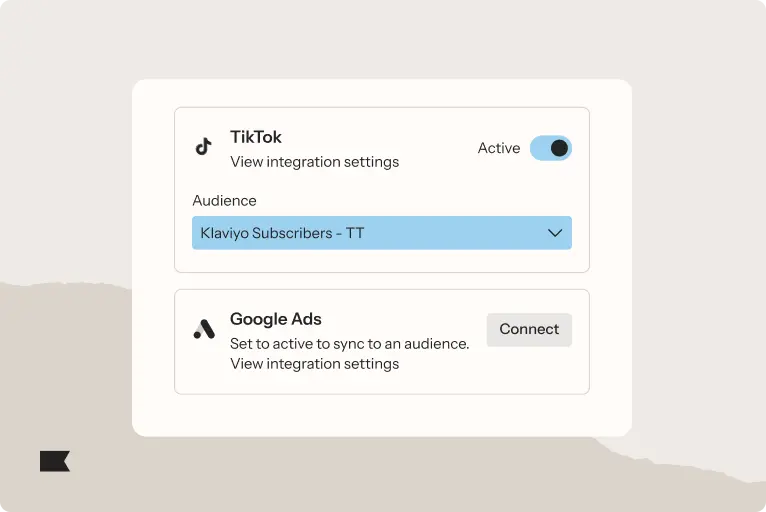
Preventing bots and spam: 3 ways to secure your sign-up forms

A sign-up form is a direct, straightforward way to convert website visitors into email and SMS subscribers—and eventually, customers.
A secure sign-up form not only keeps bots and bad actors out, but also sets your marketing campaigns up to be more valuable by ensuring that the people receiving your emails and text messages definitely want your content.
Think of it this way: A secure sign-up form makes life difficult enough that bad actors go away, while keeping it easy for visitors to convert into subscribers and customers.
Not sure where to start? Here are 3 easy ways to make your sign-up forms more secure:
1. Implement a double opt-in process
Also known as confirmed opt-in, double opt-in is a simple process in which someone enters their email address or phone number into your form and clicks “Subscribe,” then receives either an email or a text that contains a link to confirm their subscription. Their subscription is only confirmed after they click on the link.
There are a few key benefits to this process:
- Because double opt-in relies on access to the inbox—which is more secure than a web form, and more difficult to access—the process significantly increases the likelihood of a legitimate subscription. Even if a bot or bad actor abuses your sign-up form, they won’t be able to join your list because they won’t be able to access the confirmation email or text.
- Inbox providers usually classify a subscription confirmation email as a transactional message, which makes the email less likely to be scanned by bots. This means any click on that email is more likely to be from a human being.
- When you use double opt-in, everyone who joins your list has completed two separate actions to confirm they want to hear from your brand—a sign of willing consent that assures you your list is full of people who are more likely to engage with your content moving forward.
For SMS specifically, Klaviyo’s Smart Opt-In feature allows visitors to quickly join your list with a one-time passcode. This seamless process keeps visitors on your site so they can get back to shopping in seconds. It also satisfies double opt-in—highly recommended when collecting SMS consent.
2. Use CAPTCHA on your sign-up forms
You may have experienced a situation where a web form asks you to type the correct alphanumeric combination that you see, or select all the images that have motorcycles in them. These challenges are known as CAPTCHA, and they’re designed to make it difficult for bad actors to abuse your forms.
The goal of CAPTCHA is to challenge the entity making the request to prove it’s human. Because the challenge combination that needs to be solved can be near-infinite, CAPTCHA is hard enough that bad actors are forced to move on.
3. Add a list verification services to your tech stack
Using a list verification service to screen addresses is probably the most expensive and resource-intensive method to secure your sign-up form. But it can also be worth it.
In this process, when a visitor enters an email address into your form, an API call checks that email address against the list verification service’s database.
In addition to the above address-checking function, some services offer additional options, such as checking to make sure the email address has the correct format, or even, in some cases, preventing use of certain addresses or domains.
Sign-up form security: a vital piece of a strong marketing program
These 3 methods are the most common and effective ways for brands to secure their sign-up forms. But while they’re effective at keeping a lot of bad actors away, it’s also important to continue refining your email marketing program by segmenting your lists and implementing sunset flows to ensure you’re only sending relevant content to engaged subscribers.
Related content

Related content

Stop wasting time debating attribution models. Learn why traditional attribution is flawed and how Klaviyo’s flexible settings help you measure true marketing impact.

BFCM 2025 campaigns should go beyond short-term sales. Discover how personalized strategies can help turn holiday shoppers into long-term customers.

Learn how to convert website visitors into lifelong customers with these 13 sign-up form examples, + best practices from the experts.